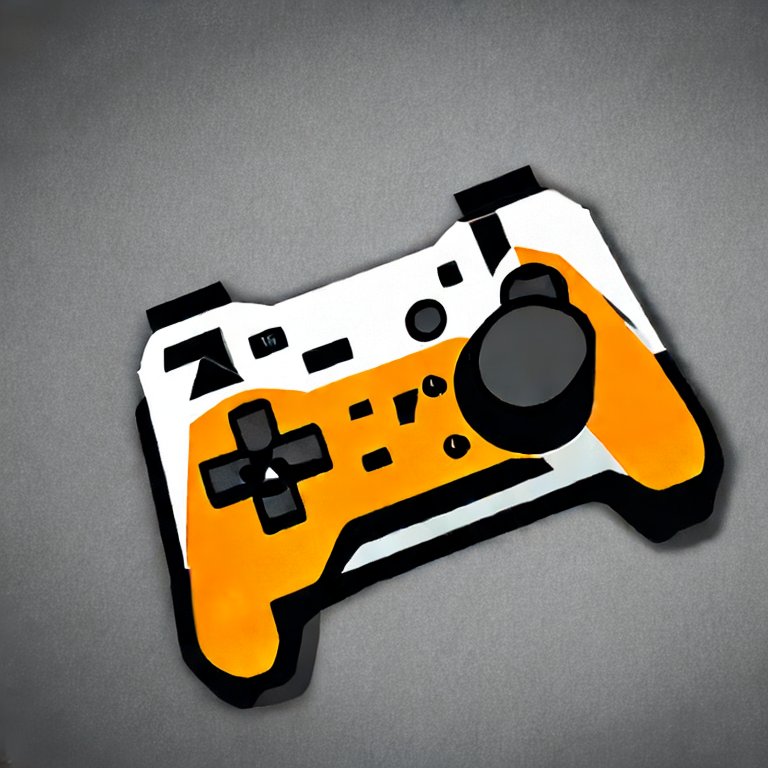

KSP2 comes to mind


KSP2 comes to mind


Nah, this took extra effort to implement.
Portability is not really an aspect one needs to consider when it comes to a NAS. Performance hits? Z1 will have performance issues when running in a simple mirror (especially for writes), but with 4+ disks that reduces significantly.
Sure scrubs will take longer on a multi-disk array, but again for a home NAS, the goal is maximising data storage capacity without a major hit on performance, ideally being able to saturate the most common gigabit LAN connection and have some more bandwidth available for local processing.


Official support IS important, because the downstream companies can’t (and shouldn’t) be expected to make the support happen.
It’s Qualcomm’s hardware, only Qualcomm has the internal documentation that ensures the drivers are up to spec, it should be up to them to provide 6-8-10 years of continued support. They don’t because they’re essentially in a monopoly market.


Meta sold Quest headsets at a loss to cover the market. Valve sold the Index for profit.


And beyond the aggressive pricing, the one major benefit over other miniPC makers is the extensive support.
I have a Minisforum mini PC. Took Minisforum over a year to release BIOS updates that were finished in March 2024… and against all CS promises it still hasn’t fixed the initial discrepancies (advertised as the only 8945HS mini PC that can go over 57W due to their improved cooling, and the only Ryzen 8000 series APU that can handle RAM at 5400-5600MT/s - still can’t get power over 57W and even though I have compatible RAM, it refuses to clock over 4800MHz, and there’s no option to configure it either).
Meanwhile Valve is still dropping improvements on the Steam Deck, 3.5 years after release.


Based on the specs it is a bit bumped up Ryzen 7000/8000 series (Zen 4 arch), with a beefed up GPU (sounds to be about two 780Ms soldered together with a bit of overclocking).
I wouldn’t be surprised if MS wanted a mid-generation upgrade to the Xbox but the current economic situation put a damper on it before the hardware could fully materialise and AMD ended up with a practically ready for production APU they couldn’t sell to anyone before Valve strolled up.
You’re incredibly wrong on your assumptions here.
First of all, ZFS (the file system TrueNAS specialises for) is best used with at least 3-4 disks. The more the better. A dual disk setup for ZFS (or any other kind of RAID) is super wasteful.
Second, no, 4TB won’t be enough. You think it is today, but soon you’ll be downloading media Linux ISOs and quickly realise that even 16TB is a stretch within a year.
My recommendation would be going for at least 4x 4TB, but 3-4x 6TB or even 8TB would be probably preferred. And similarly, I’d rather overshoot the initial purchase rather than realise 6-8 months in that oops, the 2-4 disk system you got isn’t enough… Even if you don’t fill the bays, I’d recommend you go for at least a 4 bay system, but rather, for 6. Sadly, SOHO NASes aren’t designed with easy expandability down the line.


Which part of “series” did you miss?
You want a specific model? 8945HS. There you go. Mini PCs as cheap as $400 with that one.


A 1050 can barely play modern games at 720p 30fps.
Add on top of that the fact that the headset needs to:
add the overhead of the various Proton translation layers and such, and that 30% extra GPU capacity is gone.


Fortunately, “I don’t think so” is not a legitimate argument, so off you feck.


Any Ryzen 7800/8800/8900 series APU miniPC will bring you close to PS5 performance. Frequently sold around $300-400, with 16-32GB RAM.


Drivers aren’t the issue. Keeping them up to date is.
Most of these drivers are written for specific kernel versions (and are part of the BSP), but Qualcomm only keeps them updated for a given cycle. Which is usually 2-3 years (albeit Google’s recent push has resulted in longer support cycles).


Well the primary competition for the Frame, especially with the hardware limitations, is definitely the Quest lineup rather than the new Android XR headsets or the AVP. So pricing should reflect that.
IMO anything above $600-650 will be a super hard sell for anyone but hardcore Valve fanboys.


Triple the price? The fuck are you talking about?
Gaming-oriented mini PCs match the PS5 performance around $300. Around $600-800 you’ll even get dedicated (albeit mobile) GPUs.


It’s also being marketed as a standalone headset. Absolutely no excuse for using a 3yo SoC when much better options are available at not significantly different prices.
Also let’s not forget this is Qualcomm we’re talking about, the company that drops support for even their most popular chips after 3-4 years. Which in turn heavily limits any updates this SoC will receive. Even performance questions aside, using a SoC that is guaranteed to go unsupported within the first year of sales is just a bad idea.


Meta doesn’t sell Quest units for a loss anymore. That’s what the “recent” price hike was about, raising unit prices by $150-200.
The “really bad screen door effect” was mentioned by multiple reviewers.


It’s not that much smaller, and like 80% of the GabeCube seems to be cooling…
The PS5 is that bulky because of the stupid exterior shell design, and that big because Sony went into weird directions with the cooling. Reformat that into a more traditional form factor and you can reduce overall size by 30-50%. Hell, there’s gaming oriented mini PCs that are 1/2-1/3 the size of a PS5 Slim, with double the performance…


The VR headset seems to be a major downgrade from expectations.
Three year old SoC, subpar quality LCD displays without local dimming (and apparently very bad screen door effect)… the eye tracking and custom wireless with foveated codec is a nice touch though. I think the main benefit here will be the Proton ARM translation layer and the ability to run SteamOS on other headsets.
The most disappointing part is the rumoured pricing of “aiming to be under $1000”. I mean I get it, Meta had us spoiled with the $300-400 headsets, but this, aside the software goodies, is hardly better hardware wise than the current Quest 3, will cost approximately twice as much (unless Valve really cuts that “under $1000” target back a lot)… If the Steam layer gets cloned onto the Quest 3, the Frame loses all of its benefits, really.
I’m still excited for it, but found it somewhat lackluster.
No, there’s just a very serious reason to push AI - to help out their rich buddies by discrediting any possible Epstein connections (and also any other evidence down the line)